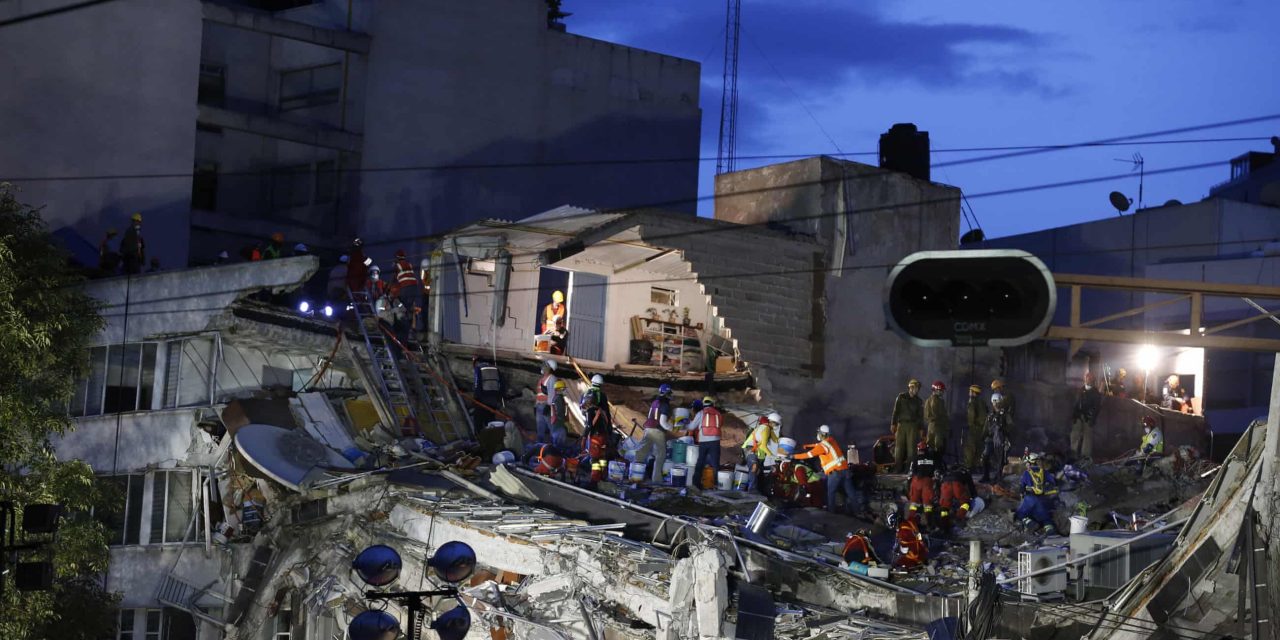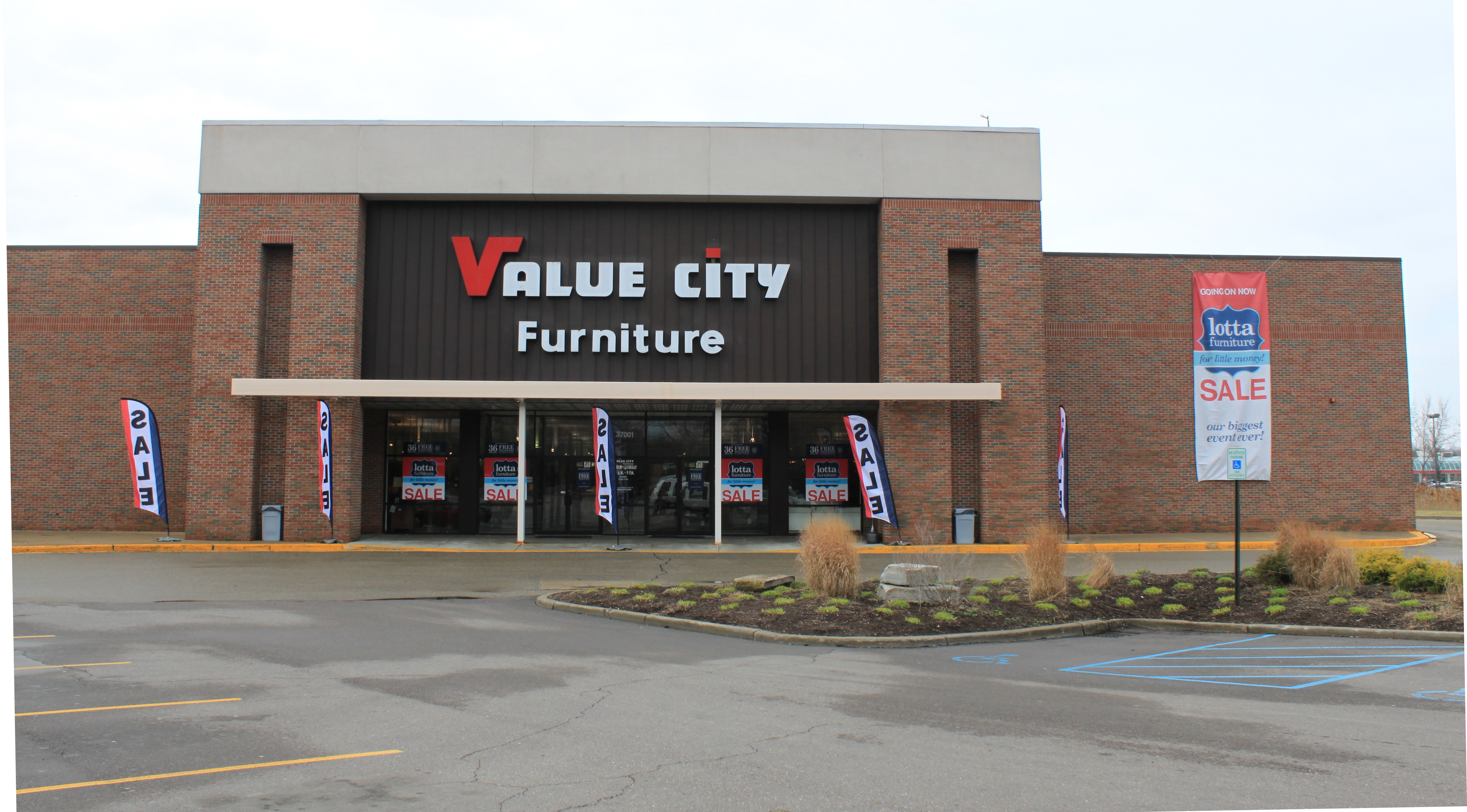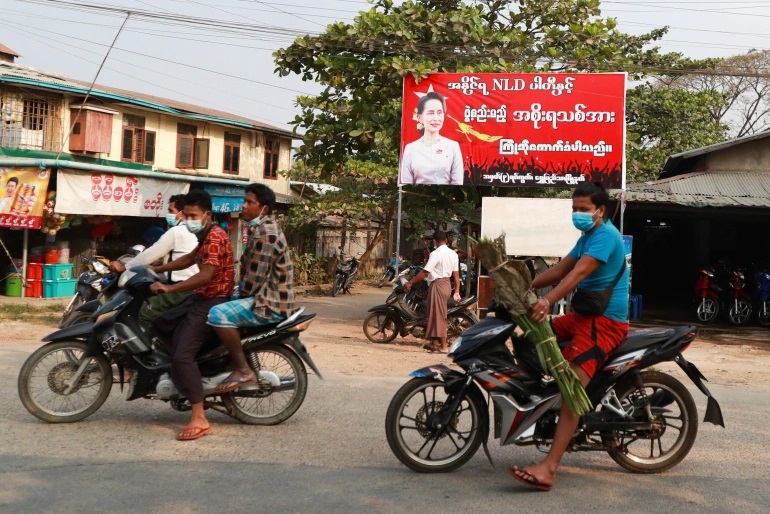12 September 2018
A year ago a tragedy hit Mexico, killing 369 people and crumbling of dozens of buildings. It was the 7.1-magnitude earthquake that struck the capital city with a population of 9 million people, on 19 September 2018.
Fault lines beneath the city was well known. In 1985 a deadly earthquake killed more than 10,000 people.
Some scientists and anti-corruption activists have been doing research on the collapse of the buildings for the past one year. They studied official documents, conducted interviews with residents and analysed the materials and practices used in the construction of the collapsed buildings. This group of researchers have now published their findings. Reading these reports, one gets feeling that the government and the local authorities have been criminally reckless in the performance of their duties.
Enrique Rébsamen school, where 19 children and seven adults died, collapsed because of an unauthorised extension to the owner’s apartment built on the top without proper approval. A six-storey office building that collapsed was supposed to have only two storeys. The materials used, and practices adopted in the construction did not match those described in the documentation.
The authorities allowed a real estate boom in areas where there were fault lines. They had shady ties with the real estate industry. The authorities ignored complaints from residents who reported buildings that did not comply with land use laws, buildings that went up without permits or buildings that had damage from the 1985 earthquake but were rebuilt and sold off as new properties.
Anti-corruption activists are demanding a full assessment of quake damage including the amount of disaster that was caused by corruption. They claim that life lost and damage to buildings was more due to corruption than by the act of god. Engineering Centre at Stanford University found “many similarities” between buildings that collapsed in 1985 and 2017. When will they learn their lessons? Even 33 years do not seem to be adequate!















